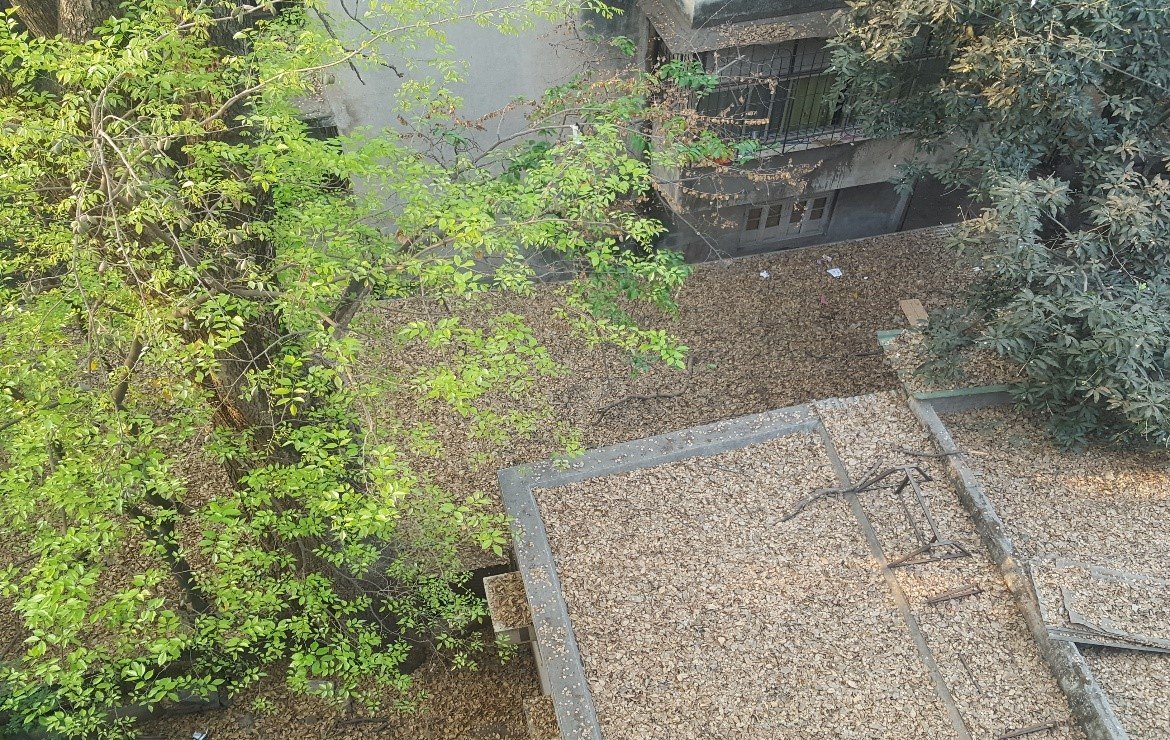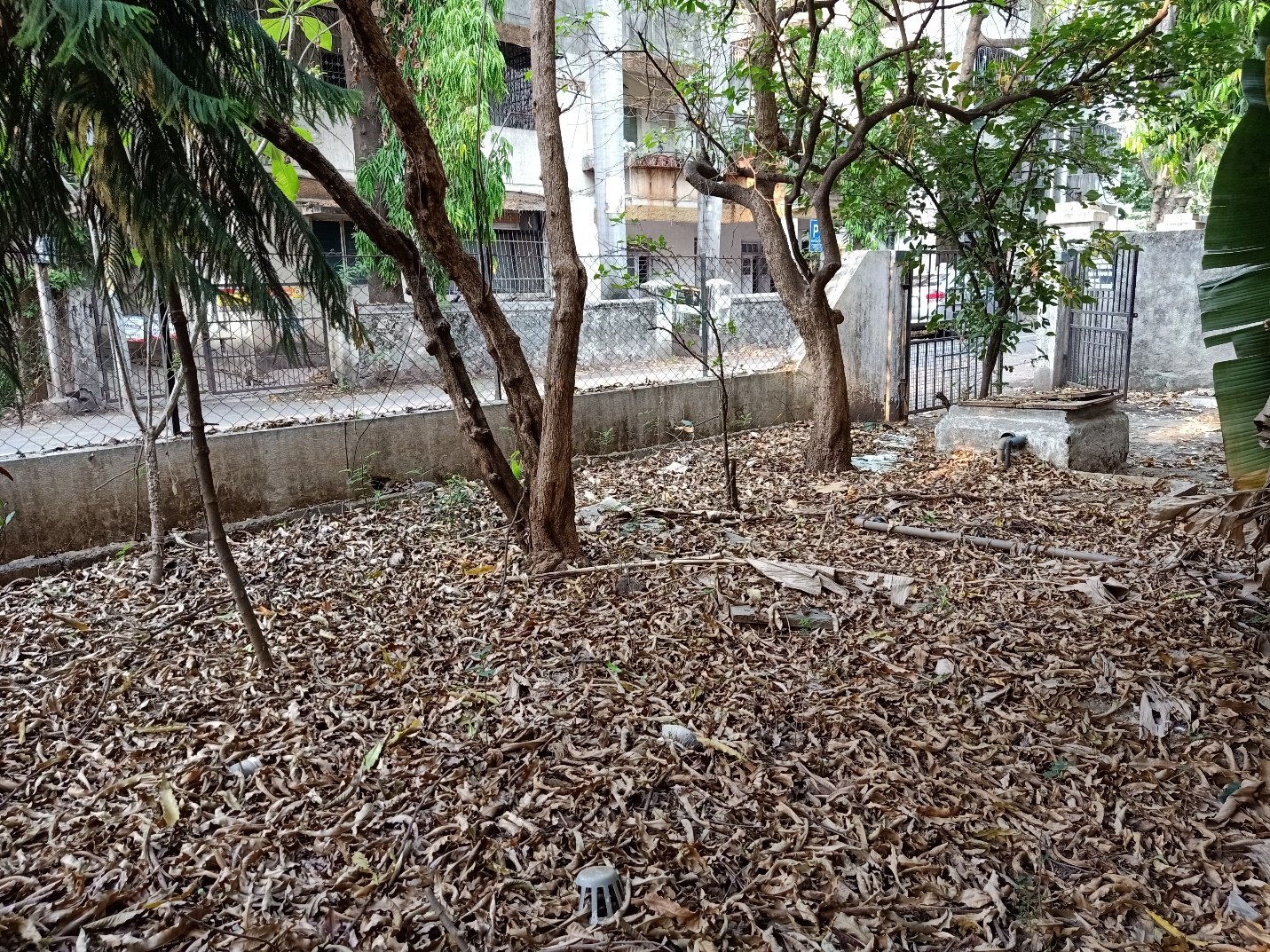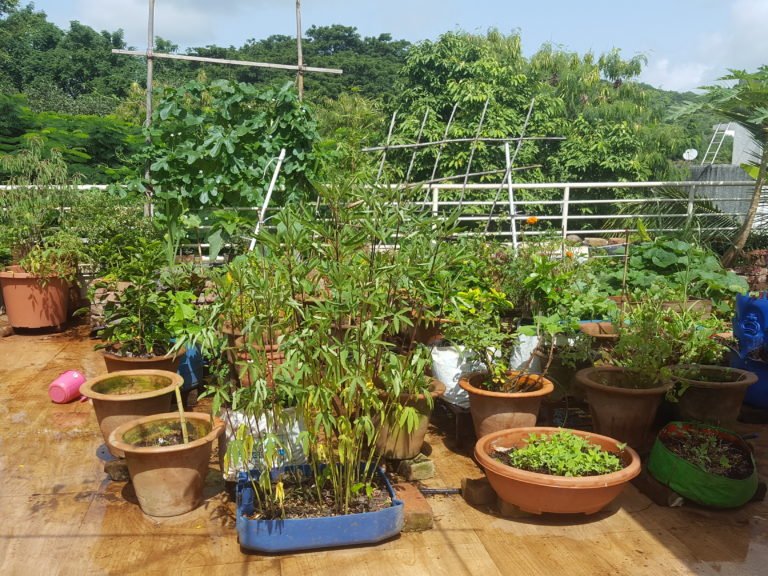Why we should not burn dry leaves
November arrives, and we see dry leaves falling from the trees. They are just everywhere. Streets, footpaths, gardens, society premises, backyards. Our city literally gets drowned in dry leaves.
We simply don’t know what to do with all these dry leaves.
 What do we do?
What do we do?
There is fire, there is acrid smoke all around us. We see dry leaves being collected and set on fire.
They are dry, right? Means they contain very less moisture. They burn off easily.
A large heap of dry leaves gets reduced to small quantity of ash, within no time.
All gone, problem solved!!
Then what is the challenge?
Let’s see.
Why burning is not advised?
We hear lots of objections to burning. What exactly is wrong with burning? Why we should not burn dry leaves?
First, when leaves are burnt, there is fire. It is open fire. Means smoke is inhaled by people around. Smoke is carried by winds and reaches even people quite far from the place.

Burning of dry leaves generates a large quantity of particulates. These particulates are carried by the wind. They can reach deep in lung tissue of people around and can cause
- Coughing
- Wheezing
- Chest pain
- Shortness of breath
- Long-term respiratory problems
For the people who suffer from asthma or other breathing disorder, leaf burning is extremely hazardous.
Note: Objection to burning is in case of open burning. If dry leaves can be used as fuel instead of wood, that would be a welcome solution. Because dry leaves is a renewable resource.
Why carbon dioxide is the output of leaf burning?
Life on earth is carbon-based. We all, i.e. all the living things are made up of carbon. So, when any organic matter is burnt, that carbon combined with oxygen is let out in form of carbon dioxide (CO2).
If the leaves in the heap smother, i.e. they do not get enough oxygen, then Carbon monoxide (CO) is released.
Carbon monoxide is dangerously hazardous gas. It gets absorbed in blood where it reduces oxygen-carrying capacity of the Red Blood Cells (RBCs).
It also is one of the greenhouse gases, contributing to global warming. Its impact towards global warming is more than other common greenhouse gases, like Carbon dioxide and Methane.
Hazards of Open burning
Fire can always spread with wind. So, there is a risk of fire spreading to surrounding areas. It is risky for people and properties around.
Green trees, plants nearby get damaged due to fire.
So, burning leaves is health as well as fire hazard.
BUT THAT IS NOT ALL
Loss of nutrients
Tree absorbs various nutrients from the soil. Some percentage of those nutrients are present in these dry leaves. When leaves are burnt, we lose those nutrients. The nutrients that would have nourished the soil, get destroyed.
In all, burning off dry leaves is entirely lose-lose situation. We lose our clean air and beneficial nutrients for our soils.
Why we need more carbon in the soil
More carbon in the soil and less carbon in the air, that is the need of the hour.
You must have heard the term urban flooding. After high rainfall, some or other area in the city floods. Water is logged for some time, before it can drain into some stream or river.
Do you know urban flooding is a relatively modern concept?
When there is rainfall, soil acts as sponge. It absorbs and holds water instead of letting it puddle or run-off.
As we saw in the earlier article, now not much soil is left in the cities.
Even where there are patches of soil, due to constant exposure to the Sun, soil is compacted. Such soils are devoid any life.
Water absorption capacity of the soils is greater that are rich in carbon. Soil that are rich in carbon can manage drought and floods effectively.

As you see in this picture, all the fallen leaves are left as it is. When rains arrive, these leaves will decompose and go back in the soil.
This is a patch of healthy soils. Even after heavy rains, there will not be flooding or run off from this area.
This picture is to provide you an idea of how carbon rich soil can be made.
Of course, I am not suggesting you keep all the leaves as it is. I understand it is not possible everywhere.
But we will see some workable and practical solutions in the section “MULCH”.


